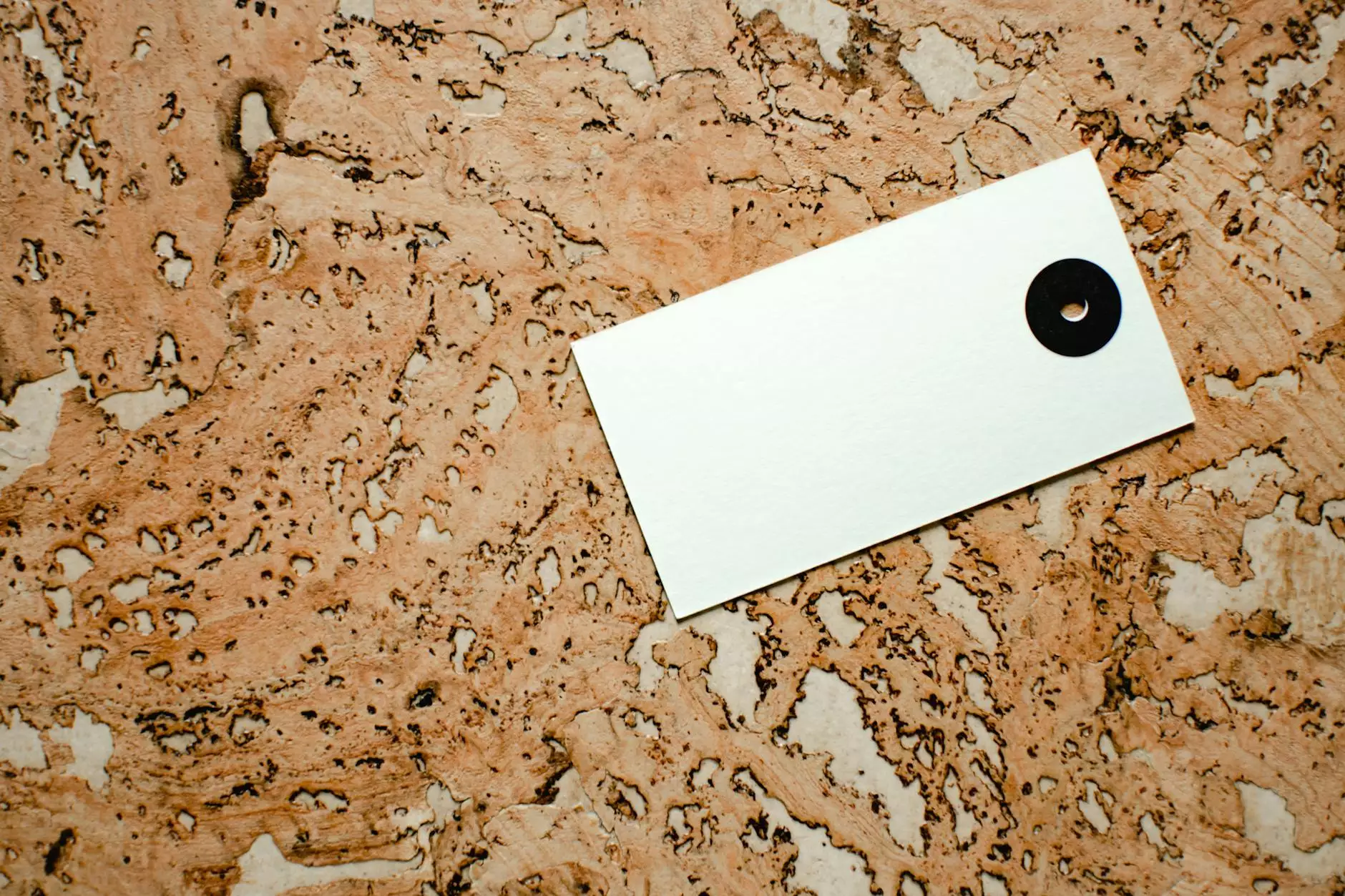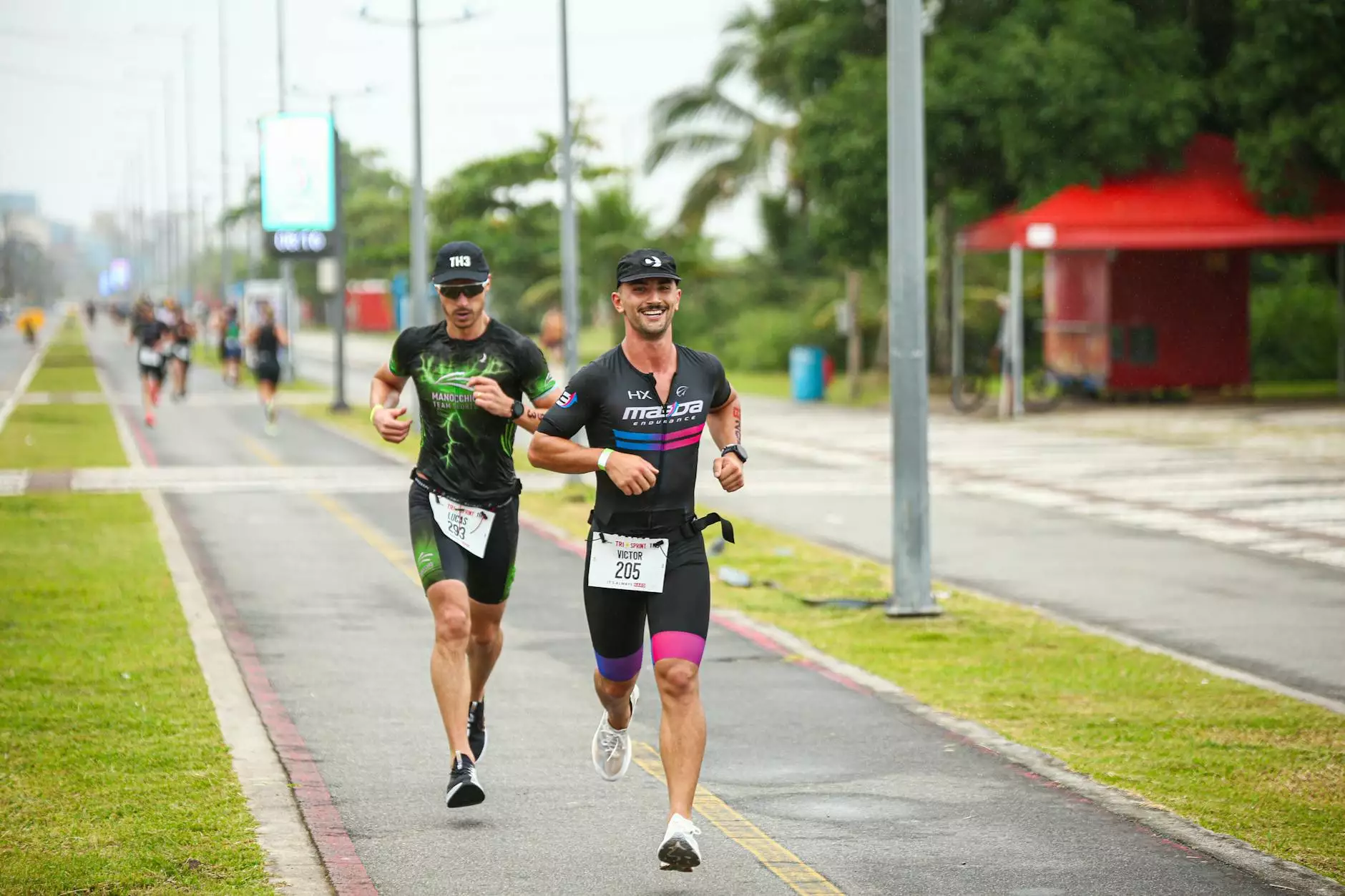Postnatal Pilates and Diastasis Recti: A Comprehensive Guide for New Mothers

Postnatal Pilates has emerged as an essential practice for mothers recovering after childbirth, particularly for those dealing with diastasis recti, a common condition where the abdominal muscles separate. Understanding the intricacies of this condition and how postnatal Pilates can aid in recovery is crucial for new mothers keen on regaining their physical wellbeing. This guide outlines the nature of diastasis recti, the benefits of Pilates, and the specific exercises that can help.
What Is Diastasis Recti?
Diastasis recti is the separation of the rectus abdominis muscle, often observed in pregnant women. During pregnancy, the growing uterus stretches the abdominal muscles, leading to a gap that can persist even post-delivery. Factors contributing to diastasis recti include:
- Multiple pregnancies
- Large babies
- Obesity
- Improper core strengthening exercises
Recognizing and addressing diastasis recti is vital, as it can lead to complications such as lower back pain, pelvic complications, and issues with body movement.
Why Choose Postnatal Pilates?
Postnatal Pilates is specifically designed to support recovery postpartum, focusing on restoring core strength, improving posture, and facilitating pelvic floor rehabilitation. Some key benefits include:
- Gentle Strengthening: Pilates emphasizes controlled movements, reducing the risk of injury while promoting strength recovery.
- Core Engagement: Focused exercises help in reconnecting with the core muscles, essential for healing diastasis recti.
- Flexibility Improvement: Pilates aids in restoring flexibility, which is often reduced during pregnancy and childbirth.
- Mind-Body Connection: The mindful aspect of Pilates encourages awareness of bodily movements, fostering better body mechanics.
Identifying Diastasis Recti
Before embarking on a postnatal Pilates journey, it’s important to assess whether you have diastasis recti. Here’s how you can check:
- Lie on your back with your knees bent and feet flat on the floor.
- Place your fingers on your abdomen, just above the belly button.
- Gently lift your head and shoulders off the floor while feeling for a gap between your muscles.
- If your fingers fit into a gap greater than two fingerbreadths, you may have diastasis recti.
Consulting with a healthcare professional or physical therapist is recommended for a proper diagnosis.
Essential Postnatal Pilates Exercises for Diastasis Recti
Several Pilates exercises are particularly beneficial for strengthening the core and addressing diastasis recti. Make sure to consult with a certified instructor when possible. Here are some effective exercises:
1. Pelvic Tilts
The pelvic tilt is a gentle exercise that helps engage your core without straining the abdominal muscles.
- Lie on your back with knees bent and feet flat.
- Inhale to prepare, then exhale as you flatten your back into the mat by tilting your pelvis.
- Hold for a few seconds and return to the starting position.
2. Single Leg Lifts
This exercise promotes core stability while safely challenging your abdominal muscles.
- Begin in a lying position with knees bent.
- Engage your core and lift one leg off the ground, keeping the knee bent.
- Lower it back down and repeat with the other leg.
3. Chest Lift with Abdominal Engagement
The chest lift helps in reconnecting your core while ensuring there is no further separation during movement.
- Lie on your back with knees bent and feet flat on the floor.
- Place your hands behind your head and take a deep breath.
- Exhale, lifting your head and shoulders off the mat while keeping your core engaged.
- Lower back to the mat with control.
4. Modified Side Plank
This exercise strengthens the oblique muscles, which are particularly important for core stability.
- Lie on your side with your knees bent.
- Lift your torso off the ground while resting on your forearm.
- Ensure your hips are lifted, maintaining a straight line from your shoulders to your knees.
- Hold for a few breaths and lower back down.
5. Bridge Exercise
The bridge is a powerful core exercise that also engages the glutes, helping to stabilize the pelvis.
- Lie on your back with your knees bent and feet hip-width apart.
- Press through your heels and lift your hips towards the ceiling.
- Hold for a few moments before lowering back down, ensuring your core is engaged throughout.
Key Tips for Practicing Postnatal Pilates Safely
As you embark on your postnatal Pilates journey to address diastasis recti, consider these essential tips for safe practice:
- Always consult your healthcare provider before beginning any exercise program, especially postpartum.
- Start gradually; focus on mastering the basic movements before advancing to more complex exercises.
- Listen to your body. If an exercise feels painful or uncomfortable, stop immediately.
- Consider working with a certified Pilates instructor who specializes in postnatal care.
- Focus on breathing—proper breathing techniques are fundamental in Pilates to enhance core engagement.
Long-term Benefits of Postnatal Pilates
Engaging in postnatal Pilates offers numerous long-term benefits that extend beyond the recovery phase:
- Improved Posture: Strengthening the core helps correct posture, which may be affected by pregnancy.
- Enhanced Core Strength: Continued practice strengthens core stability, aiding in daily activities and preventing injuries.
- Pelvic Floor Recovery: Pilates focuses on reconnecting with your pelvic floor, essential for bladder control and overall pelvic health.
- Mental Wellbeing: The mindfulness in Pilates can contribute to stress reduction and enhanced mental clarity during postpartum adjustment.
Conclusion
Postnatal Pilates is an invaluable tool for women dealing with diastasis recti and those looking to strengthen their bodies postpartum. By understanding the nature of diastasis recti, practicing safe exercises, and focusing on long-term recovery, new mothers can navigate the physical challenges after childbirth more effectively. This holistic approach not only improves physical health but also fosters mental resilience during the transition into motherhood.
If you're ready to start your journey, consider reaching out to professionals at Hello Physio, where expert guidance in sports medicine, physical therapy, and health can support your recovery and well-being.
postnatal pilates diastasis recti








